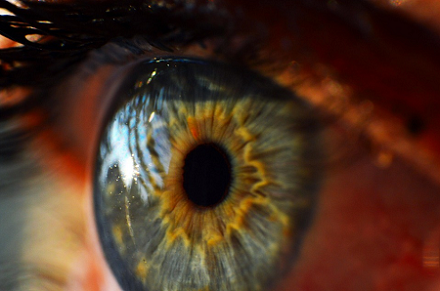Human Eye Provides Link between Alzheimer's and Sleep Disturbances

Sleep disturbances and other changes in circadian rhythms have been associated with individuals with Alzheimer's disease. A multinational team of researchers from Italy, the United States, and Denmark recently reported new findings published in the Annals of Neurology showing changes in specialized eye cells that play an important role in healthy circadian function in Alzheimer's patients. The researchers used human optical coherence tomography and observed a dramatic reduction in the thickness of the melanopsin retinal ganglion cells compared to age-matched controls. The scientists conducted a human tissue pathology investigation, showing a loss of the specialized cells or pathology in postmortem eye tissue of Alzheimer's patients. Further human-based studies to understand melanopsin retinal ganglion cell dysfunction and their potential link to circadian rhythm disturbances in Alzheimer’s are critical for the development of therapies, such as specifically designed noninvasive light therapy.
References
- La Morgia C, Ross-Cisneros FN, Koronyo Y, et al. Melanopsin retinal ganglion cell loss in Alzheimer’s disease. Ann Neurol. 2015 Oct 27. doi: 10.1002/ana.24548








